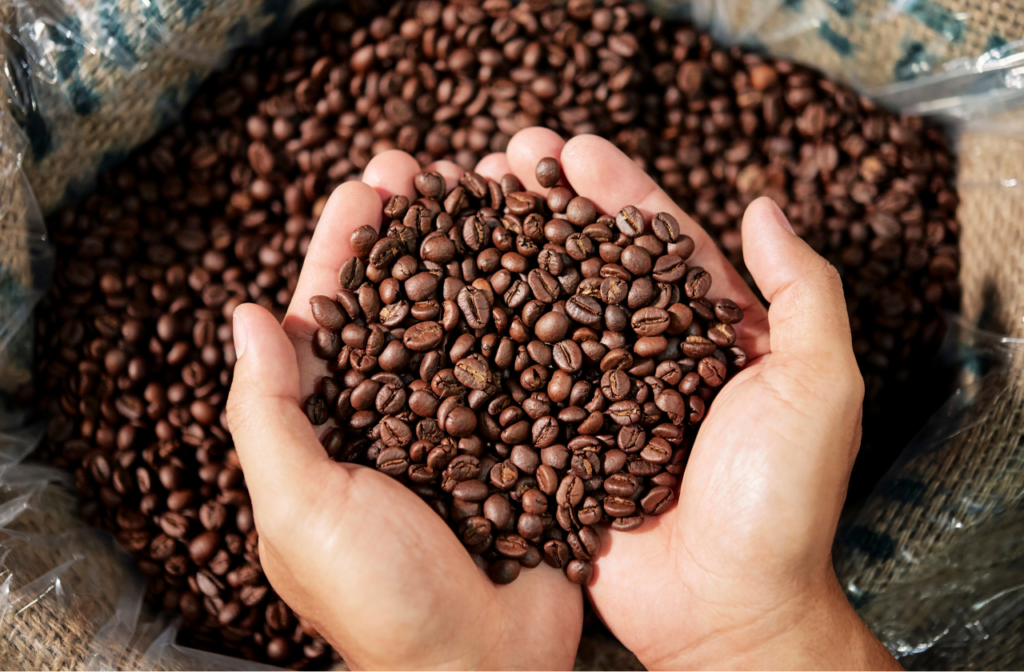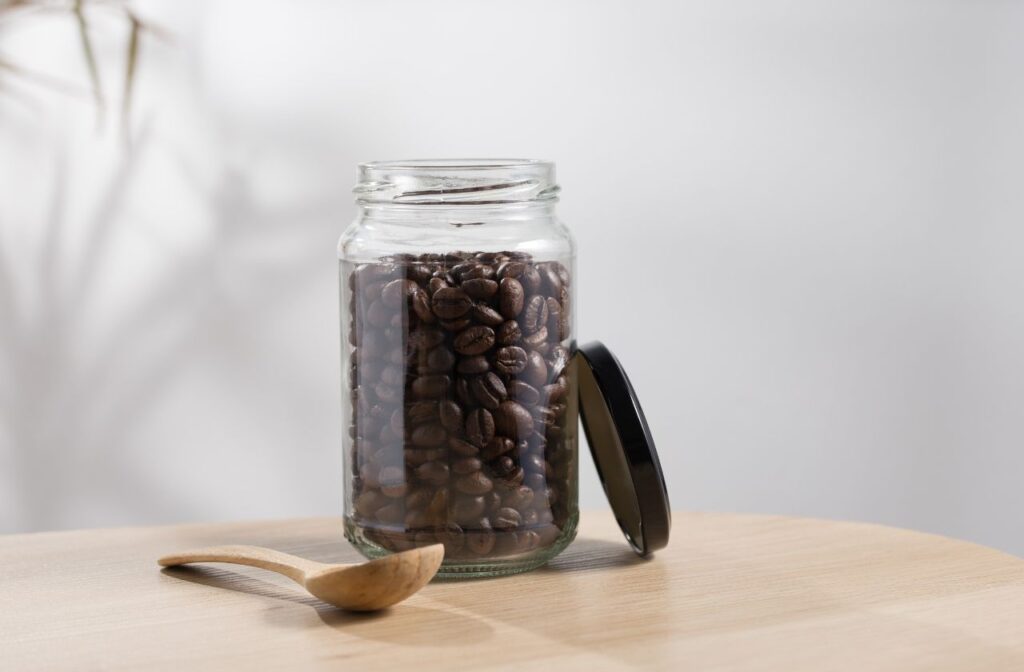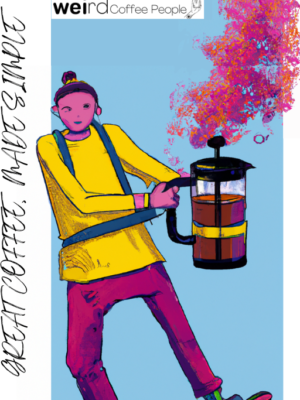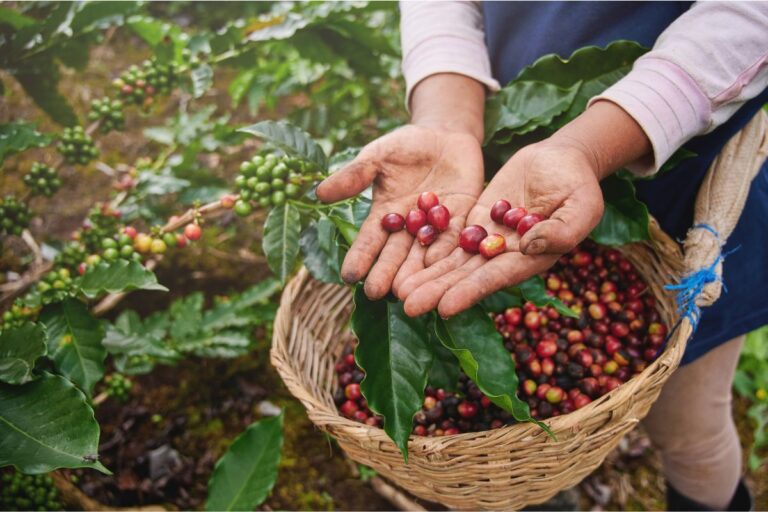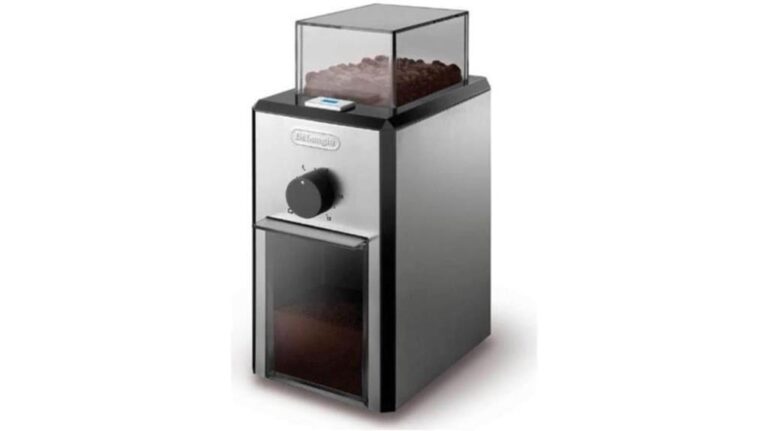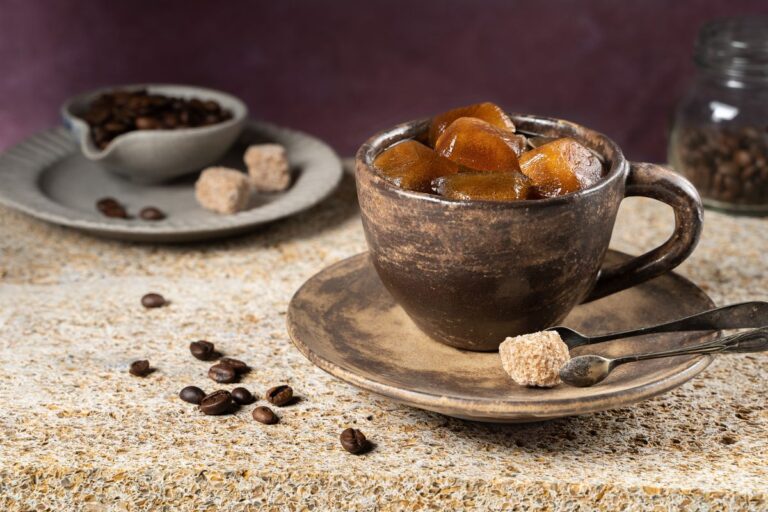Ultimate Guide to Choosing the Best Coffee at Your Grocery Store: Tips for Freshness, Flavor, and Quality
For many of us, the day doesn’t truly start until we’ve had that first delightful sip of a well-brewed cup of coffee. While there are endless ways to get your coffee fix, one of the most convenient and accessible options is picking up a bag from your local grocery store.
With so many options lining the shelves, how do you know which one to choose? Grabbing the first bag you see or the one with the most attractive packaging should not be the deciding factor. There’s an art to selecting the right coffee that suits your taste and brewing style. In this guide, we’ll walk you through the essentials of what to look for when buying coffee from the grocery store.
Understanding Coffee Labels
Navigating the coffee aisle at your local grocery store can feel overwhelming, but understanding coffee labels is your first step to demystifying the process. Coffee labels are like a storybook of each bag, providing key information about the beans’ flavor, origin, and processing.
By understanding these elements on a coffee label, you’re better equipped to choose a coffee that suits your taste. Remember, there’s no right or wrong choice here – it’s all about what flavors and types resonate with your preference. So, next time you’re in the coffee aisle, take a moment to read the labels and get to know your coffee a little better.
Here’s what you should look for:
- Country and Region. Coffee beans are grown all over the world, and their origin can greatly influence the taste. For example, African coffees are often fruity and floral, while Latin American coffees might be nutty and chocolatey.
- Type of Coffee Beans. Arabica beans are considered higher quality, offering a smoother taste and a wider range of flavors than the stronger, more bitter Robusta.
- Light, Medium, and Dark Roasts. The roast level affects the flavor and acidity. Light roasts retain more of the bean’s original flavor, medium roasts offer a balance, and dark roasts have a bolder, richer taste.
- Roast Date. The fresher, the better. Look for a roast date, not just a best-by date. Coffee is best used within a few weeks of its roast date.
- Flavor Notes. Coffee bags often list flavor notes like ‘chocolate,’ ‘berries,’ or ‘nuts.’ These aren’t added flavors but natural characteristics of the beans. Use these notes as a guide to match your taste preference.
- Processing Method. This can affect the taste. Washed (or wet-processed) beans tend to have a cleaner, more consistent flavor, while natural (or dry-processed) beans can have a more complex and fruity profile.
Picking the Right Coffee Flavors
Coffee can have many flavors, from fruity and floral to nutty and earthy. Understanding these flavors will help you pick a coffee that you’ll love. Picking the right flavor involves a bit of experimentation and understanding what you enjoy in a coffee.
Here’s a guide to common coffee flavors and how to choose them:
| Aspect | Details |
| Common Coffee Flavors | – Fruity and Floral: Lighter, more acidic, reminiscent of berries or citrus. – Chocolatey and Nutty: Smooth, often sweeter, found in medium to dark roasts. – Earthy and Spicy: Notes of herbs, spices, or a pronounced earthy flavor. |
| Matching Flavors to Your Palate | – Experiment with different profiles to find what you like. – Consider your taste preferences (e.g., a sweet tooth might prefer chocolatey notes). – Adjust choice based on additions like milk or sugar. |
| Reading Between the Lines | – Pay attention to intensity and body (light, medium, full) for texture and strength information. |
| Seasonal Flavors | – Look out for seasonal offerings for unique, limited-time flavors. |
Weird Coffee Tip: Trying new flavors and deciding on the right taste for you can be intimidating if you don’t know too much about coffee. Read this article to find out all you need to know about coffee tasting:
Unleash Your Inner Coffee Connoisseur: A Beginner’s Guide to Coffee Tasting
Whole Beans Vs. Pre-Ground Coffee
When you’re in the coffee aisle, one of the key decisions you’ll face is buying whole beans or pre-ground coffee. Both have pros and cons. The best choice depends on your coffee-making habits and preferences.
This table provides a clear comparison of the advantages and disadvantages of purchasing whole bean versus pre-ground coffee:
| Coffee Type | Pros | Cons |
| Whole Beans | – Fresher taste with retained oils and flavors – Ability to grind to preferred coarseness for brewing methods. | – Requires a grinder, adding to equipment needs – Extra time and effort for grinding. |
| Pre-Ground Coffee | – Convenient and ready to brew, saving time – No need for additional grinding equipment | – Loses freshness and flavor faster than whole beans – Limited control over grind size, affecting brewing flexibility |
Popular Coffee Brands at the Grocery Store
When shopping for coffee at the grocery store, you’ll encounter a variety of brands, each offering unique flavor profiles and qualities. To help you navigate the options, here’s a rundown of some popular coffee brands commonly found in grocery stores.
These brands have been selected for their widespread availability and diverse offerings:
| Brand | Overview | Popular Picks |
| Starbucks | Offers a range of whole bean and ground coffee. | Pike Place Roast, Espresso Roast, Veranda Blend. |
| Folgers | Known for ground and instant coffee options. | Classic Roast, 100% Colombian, Black Silk. |
| Dunkin’ | Brings signature coffee flavors from its shops. | Original Blend, French Vanilla, Dunkin’ Decaf. |
| Peet’s Coffee | Features deep roasting style for intense flavors. | Major Dickason’s Blend, Café Domingo, Big Bang. |
| McCafé | McDonald’s brand offers a variety of roasts. | Premium Roast, French Roast, Breakfast Blend. |
| Lavazza | This Italian brand is famous for its espresso. | Super Crema Espresso, Gran Aroma, Classico. |
| Green Mountain Coffee Roasters | Known for Keurig-compatible pods and various coffee types. | Breakfast Blend, Nantucket Blend, Dark Magic. |
| Eight O’Clock Coffee | Balances value and quality in its offerings. | The Original, Colombian Peaks, Hazelnut. |
| Tim Hortons | A Canadian favorite is known for its consistent quality. | Original Blend, Dark Roast, French Vanilla. |
| Caribou Coffee | Offers a unique selection of sustainably sourced coffees. | Caribou Blend, Daybreak Morning Blend, Mahogany Roast. |
This is a great video to help you find the best coffee for you, regardless of which Grocery Store you shop at:
Deciding on the Right Quantity of Coffee Beans
Knowing how much coffee to buy is crucial in ensuring you enjoy it at its best. Coffee is at its peak flavor just after it’s roasted and gradually loses its freshness over time.
Here’s how to decide the right quantity to purchase:
Understanding Your Coffee Consumption
- Track Your Usage: Pay attention to how much coffee you drink daily or weekly. This will help you estimate your needs.
- Purchase Frequency: If you prefer fresh coffee, consider buying in smaller quantities more frequently.
Storage Capacity and Shelf Life
- Storage Space: Consider how much storage space you have. Coffee should always be stored in a cool, dry place, away from direct sunlight.
- Shelf Life: Whole beans stay fresh longer than ground coffee. Typically, coffee is best used within a month of its roast date.
Bulk Buying: Pros and Cons
- Pros: Buying in bulk can be cost-effective and convenient, reducing the number of trips to the store.
- Cons: The coffee will likely lose its freshness and flavor over time.
Special Offers and Seasonal Varieties
- Limited Editions: Be mindful of seasonal or special blends. These can be an opportunity to try something new but consider their limited availability when buying.
Practical Tips
- Start Small: If you’re trying a new brand or blend, buy a small amount first to see if you like it.
- Mind the Expiry Date: Check packages ‘best by’ or roast dates to ensure you’re getting a relatively fresh batch.
Assessing the Freshness of Coffee Beans
The freshness of your coffee beans determines the quality of your brew. Fresh beans mean a more flavorful and aromatic cup of coffee, so it’s worth taking the time to choose wisely.
Here’s how to assess the freshness of coffee beans when shopping at the grocery store:
Check the Roast Date
- Roast Date vs. Best Before Date: Look for a roast date on the package. Coffee is typically freshest within a few weeks of its roast date, unlike a ‘best before’ date, which can be months away.
- Freshness Indicator: The closer the purchase date is to the roast date, the fresher the beans.
Inspect the Beans
- Appearance: Fresh beans should look plump and oily, especially if they are a darker roast. Beans that look dry or have a dull appearance may be stale.
- Smell: Fresh beans have a strong, rich aroma. If the beans have little to no smell, they’re likely past their prime.
Packaging Matters
- Valve Bags: Look for bags with a one-way valve. These allow gases released by fresh beans to escape without letting air in, keeping the beans fresher.
- Sealed Properly: Ensure that the bag is properly sealed. Once opened, air can deteriorate the quality of the beans.
Bulk Bins vs. Packaged Beans
- Bulk Bins: While buying from bulk bins can seem appealing, it’s often difficult to determine the freshness. Exposure to air and light can degrade the beans quickly.
- Packaged Beans: Sealed packages with a roast date are generally a safer bet for freshness.
Trust Your Senses
- Taste Test: If possible, taste the coffee before buying. Many stores have samples available. The flavor should be rich and full, not flat or overly bitter.
Storing Coffee Properly
Proper coffee storage is essential to maintain its freshness, flavor, and aroma. Whether you buy pre-ground coffee or whole beans, how you store it can make a significant difference.
Here are 6 key tips for storing your coffee properly:
Use Airtight Containers
- Importance of Airtightness: Exposure to air can cause coffee to become stale quickly. Store all coffee in an airtight container to preserve its freshness.
- Material Matters: Consider containers made of non-reactive materials like glass, ceramic, or stainless steel. Plastic and wood can impart unwanted flavors.
Avoid Light and Heat
- Store in a Dark Place: Light, especially direct sunlight, can degrade the quality of coffee. Keep your coffee in a cupboard or pantry away from light.
- Keep Away from Heat Sources: Avoid storing coffee near ovens, stovetops, or areas that can become warm. Heat could cause the oils in coffee to go rancid.
Consider the Temperature
- Room Temperature is Ideal: Store your coffee at room temperature. Extreme hot or cold temperatures could affect the taste and freshness of the coffee.
Refrigeration and Freezing: Yes or No?
- Short-term Storage: Refrigeration is not recommended as it can cause condensation and affect the flavor.
- Long-term Storage: Freezing can be an option for whole beans if you don’t plan to use them immediately. However, ensure they are in a completely airtight container. Avoid taking them in and out of the freezer.
Buy What You Can Use
- Purchase Amounts: Buy only as much coffee as you can use within a week or two, especially if you are buying pre-ground coffee.
Proper Resealing
- Reseal Bags: If you buy coffee in resealable bags, squeeze out the air and seal it tightly after each use.
Conclusion
Choosing the right coffee from your local grocery store doesn’t have to be a daunting task. With a little knowledge and understanding of what to look for, you can significantly improve your daily coffee experience. Remember, the key to the best cup of coffee lies in understanding the different types and flavors, choosing between whole beans or pre-ground based on your preference for freshness versus convenience, determining the right quantity to maintain that freshness, and ensuring proper storage.
-
Espresso Express eBook
R180,00 -
From Bean To Brew eBook
R450,00 -
Great Coffee, Made Simple
R0,00





